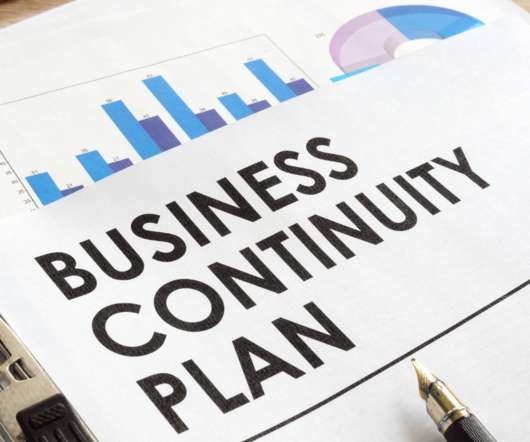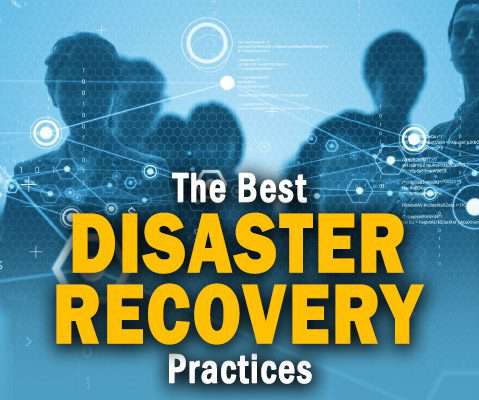BCM Basics: the Difference Between Business Continuity and Disaster Recovery
MHA Consulting
OCTOBER 5, 2023
However the most important terms to learn at the outset are surely business continuity and IT disaster recovery since they speak to the principal division of the entire field. Defining BC and IT/DR Business continuity (BC) is informally used as an umbrella term encompassing both business continuity and IT disaster recovery.

















Let's personalize your content